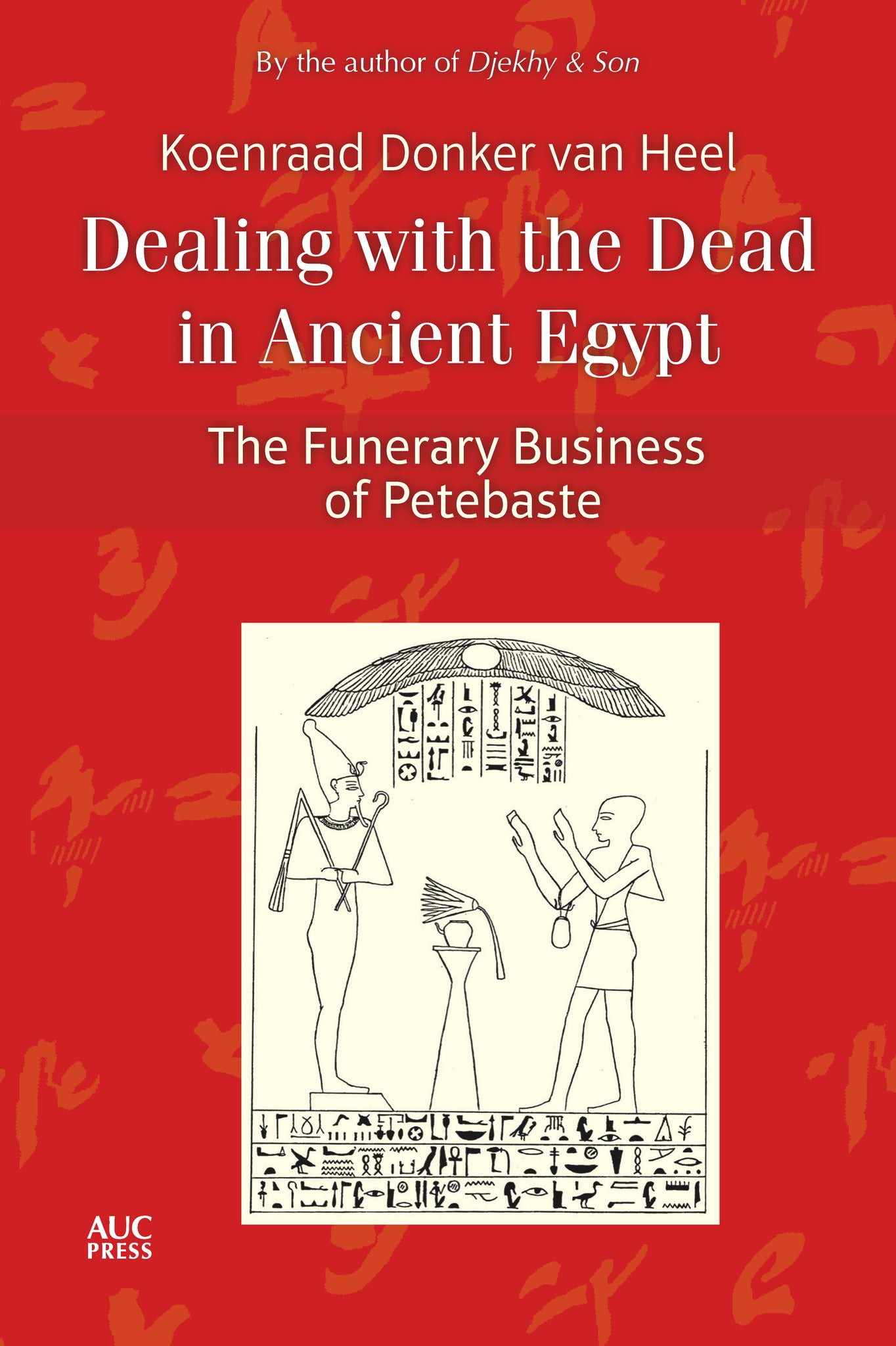We're sorry. An error has occurred
Please cancel or retry.
Dealing with the Dead in Ancient Egypt

Some error occured while loading the Quick View. Please close the Quick View and try reloading the page.
Couldn't load pickup availability
- Format:
-
06 April 2021

An intimate look at the true story of the funerary business of a Theban mortuary priest 2800 years ago as unearthed by an ancient papyrus
Petebaste son of Peteamunip, the choachyte, or water-pourer, lived during the first half of the seventh century BCE in the reigns of the Twenty-fifth Dynasty Kushite kings Shabaka and Taharqa and was responsible for the comfortable and carefree afterlife of his deceased clients by bringing their weekly libations.
But Petebaste was also responsible for a wide range of other activities—he provided a tomb to the family of the deceased, managed the costs of the personnel and commodities, and took care of all necessary paperwork, while also tending to the gruesome preparation of the mortal remains of the deceased.
Drawing on an archive of eight abnormal hieratic papyri in the Louvre that deal specifically with the affairs of a single family, Donker van Heel takes a deep dive into the business dealings of this Theban mortuary priest. In intimate detail, he illuminates the final stage of the embalming and coffining process of a woman called Taperet (‘Mrs. Seedcorn’) on the night before she would be taken from the embalming workshop to her final resting place, providing fascinating insight into the practical day-to-day aspects of funerary practices in ancient Egypt.


Preface
Acknowledgments
Map
Chronology
The Texts
Previous Study of the Texts
The Choachyte Petebaste
A Family of Clients
So Why Was Hieratic Abnormal?
Just a Captive from Gaza
Are You Buying or Leasing This Man?
What Is This Document Doing Here?
Burying Your Grandparents
The Trial that Backfired
Did Petebaste Own a Field?
Two Accounts for a Single Funeral
The Second Account
Epilogue
Index



